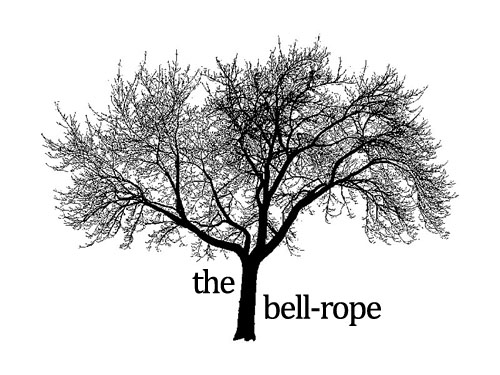Journalists are often not responsible for their articles’ subheadings, but the one for this piece – “A computer program is writing great, original works of classical music. Will human composers soon be obsolete?” – seems to me to encapsulate the very blunders of reason that draw people to these kinds of stories. Leaving aside the anachronism of the machine writing “classical music” roughly two centuries after human beings stopped writing “classical” music, other questions are begged. Like: what does the article mean by “original”? It seems, in fact, to spend much of its word count arguing just the opposite: that the computer cribs Beethoven who cribs Mozart who cribs pre-Mozart, and humans are much more recycling algorithms, much more mechanical, than we like to think.
The argument is presumably meant to validate the machine’s own cribbing brand of creativity, a “you think Emmy’s just copying existing music? That’s what humans do, too!” kind of thing. What the article – which, after all, is in Slate and therefore has neither the platform nor the space nor the readership to explore this matter to any degree of depth – fails to mention is that the idea of art as “copying” is far from new. In 2007, the American novelist Jonathan Lethem wrote “The Ecstasy of Influence,” a love letter to “plagiarism” in art, in which he quotes the following from John Donne:
All mankind is of one author, and is one volume; when one man dies, one chapter is not torn out of the book, but translated into a better language; and every chapter must be so translated. . .A belief in art as inherently genealogical – that is, made from the stuff of the ancestors, rather than created ex nihilo – is not only championed by artists such as Donne or Lethem. Roland Barthes, the literary theorist whose ideas held much sway over the entire body of French literary thinking (and subsequently of the world entire) in the 60s and on, goes so far as to erase the author, so convinced is he that all artists do is rearrange what has come before. This is not a denigration of the value of art or artists, but rather a statement of what Barthes thought was perfectly clear: that we are all born into a system and cannot escape that system. We read, we listen, we breathe in air and release it again in an altered but not fundamentally new form. All art is a conversation with all other art.
The question then remains as to whether a machine can have a meaningful conversation with a person. Or put another way: if the purpose of conversation is to reveal through words our intentions, is it possible for a machine to intend? Or can it only do?
The article in Slate seems to think that Emmy and her inevitable spinoffs are humans in reduced capacity, and that the compositions are not better only because the technology is not yet there. When it is, who knows what could happen? It claims that Emmy is “already a better composer than 99% of the population,” and grants the possibility that a machine might write music of “lasting significance.” So, in twenty years, might we have a program pairing a Beethoven quartet with a song cycle by HAL 9000? Symphony No. 73B by that Honda robot? Will we study computer programmers in music history, count algorithms instead of tone rows in music theory? Or the question I really want to ask: Why do we listen to music, or make time for any art, at all?
In Middlemarch, George Eliot writes: “If we had a keen vision and feeling of all ordinary human life, it would be like hearing the grass grow and the squirrel's heart beat, and we should die of that roar which lies on the other side of silence.” The first time I read this I stopped dead in my tracks (I was walking), stunned by how perfect a description this was of what art, in my opinion, tries to do. To listen to the grass grow and record that roar which lies on the other side of silence, silence being death or the magnitude of the universe or the separateness of human existence. There is a roar underneath, a graspable truth that we all feel or hear at some time or another and which artists try to communicate – that is their “intention” – in their respective medium. To hear the roar and to say it.
When I listen to, I dunno, the Cavatina from Beethoven’s Op. 133 String Quartet, the music – as beautiful as it is – falls away and I am left with the impression of effort, Beethoven’s effort to understand and wrestle with something and then give us the traces of his effort, so that we might feel less alone with ours. The Cavatina is imperfect, as all great music is, but it is something said by one person to another, which is also what all great music (or even all human music) tries to do.
The materiality of music – the technicians and paper-printers, the instruments, the notes and even the sounds – this all is just connecting fodder meant to bridge the gap between consciousnesses, which is a process Emmy can never participate in or understand. Regardless of how far this technology develops or how ingeniously or convincingly future Emmys can recombine and repurpose music, if a machine cannot hear the grass grow or the squirrel’s heart beat, then it cannot write music – however perfect – that matters to me.
